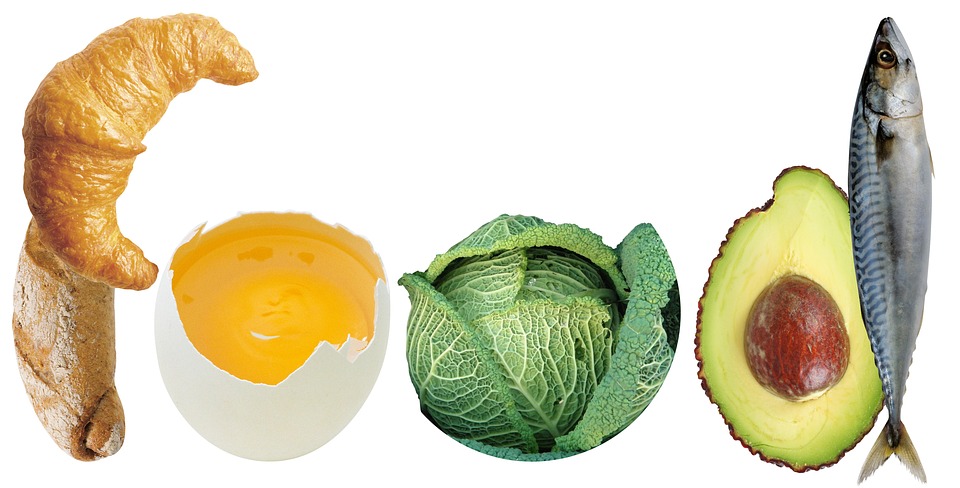The Protein Revolution: Why You Should Rethink Your Protein Sources
Introduction
In recent years, the conversation around protein consumption has intensified, with an increasing number of individuals scrutinizing their protein sources and how these sources impact not only their health but also the environment. The modern diet heavily emphasizes protein, with many people believing that more protein equates to better health. However, as research continues to unfold, it is becoming evident that the quality, source, and environmental impact of protein are just as important as the quantity. Welcome to the Protein Revolution—an era urging us to rethink what we consume and how our choices affect the world around us.
The Importance of Protein
A Nutritional Powerhouse
Protein is one of the three macronutrients essential for human life, along with carbohydrates and fats. It plays a critical role in several bodily functions, including:
-
Building Blocks of Life: Proteins are made up of amino acids, which are necessary for the growth and repair of tissues.
-
Hormone Regulation: Many hormones are proteins or peptides that help regulate bodily functions, including metabolism and immune response.
-
Immune Defense: Antibodies are proteins that help the body defend against pathogens, highlighting the role of protein in maintaining a robust immune system.
-
Enzymatic Functions: Many enzymes, which facilitate biochemical reactions, are proteins.
Daily Protein Requirements
The Recommended Dietary Allowance (RDA) for protein is typically around 0.8 grams per kilogram of body weight for most adults, but this varies based on factors like age, sex, activity level, and overall health. Athletes and those involved in intense physical training often require more protein to support muscle repair and growth.
The Traditional Protein Sources
Animal-Based Proteins
Red Meat: Beef, pork, and lamb are rich in protein but often high in saturated fats. Consuming large amounts of red meat has been linked to various health concerns, including cardiovascular disease and certain cancers.
Poultry: Chicken and turkey are leaner protein sources compared to red meat, making them more favorable options, albeit with concerns over antibiotics and hormones in some cases.
Dairy Products: Milk, cheese, and yogurt are excellent protein sources that also provide calcium and other nutrients. However, lactose intolerance is common, limiting the use of dairy for many people.
Fish: A highly nutritious source of protein, fish also provides omega-3 fatty acids, known for their heart health benefits. However, concerns about mercury and overfishing need to be addressed.
Plant-Based Proteins
Legumes: Beans, lentils, and peas are high in protein and fiber while low in fat. They are excellent choices for vegetarian and vegan diets.
Nuts and Seeds: Almonds, walnuts, chia seeds, and flaxseeds are not only high in protein but also packed with healthy fats. However, they are calorie-dense, so moderation is essential.
Whole Grains: Foods like quinoa, brown rice, and oats provide some protein along with essential carbohydrates, fiber, and vitamins.
The Hidden Costs of Traditional Protein Sources
While protein is essential, the way we source it can have significant implications for public health, the environment, and animal welfare.
Health Implications
The consumption of red and processed meats has been linked to various health issues. Studies indicate a correlation between high consumption of red and processed meats and increased risks of heart disease and various cancers, particularly colorectal cancer. Moreover, diets high in animal proteins are often less rich in essential nutrients like fiber, vitamins, and minerals found abundantly in plant-based foods.
Environmental Impact
Traditional animal farming practices are resource-intensive. They require significant water, land, and feed inputs while contributing to greenhouse gas emissions, deforestation, and biodiversity loss. According to the Food and Agriculture Organization (FAO), livestock contributes significantly to climate change, accounting for around 14.5% of global greenhouse gas emissions.
Ethical Considerations
Concerns about animal welfare in factory farming have prompted a growing number of consumers to rethink their dietary choices. Many animals raised for food live in conditions that can be considered inhumane, leading to increased demand for more ethical and sustainable practices.
The Rise of Alternative Protein Sources
As awareness of these issues rises, consumers are beginning to explore alternative protein sources that are healthier, more sustainable, and ethically produced.
Plant-Based Proteins
The shift beyond traditional animal products to plant-based alternatives is one of the most profound aspects of the Protein Revolution. Plant-based diets have been associated with numerous health benefits, including lower risks of heart disease, diabetes, and obesity. Legumes, nuts, seeds, and whole grains can provide adequate protein and offer a wealth of vitamins, minerals, and antioxidants.
Cultured Meat
Cultured or lab-grown meat is another innovative solution on the horizon. By cultivating animal cells in a lab, cultured meat aims to provide a meat-like experience without the environmental and ethical drawbacks of traditional livestock farming. This technology is evolving rapidly, with several companies working toward bringing lab-grown meat to the marketplace.
Insect Protein
Insects are an incredibly potent source of protein, as they require significantly less land and water than traditional livestock and emit fewer greenhouse gases. Countries like Thailand and Mexico already incorporate insects into their diets, and their popularity is expanding in Western markets, fueled by sustainability concerns.
Protein Supplements
Protein powders and bars, made from various sources such as whey, soy, peas, or hemp, have surged in popularity among fitness enthusiasts and those looking to boost their protein intake.
Rethinking Your Protein Consumption
Assessing Your Protein Sources
As individuals embark on the journey of re-evaluating their protein consumption, several questions can help guide their choices:
-
Where does your protein come from? Consider the sourcing of your protein, focusing on transparency and sustainability.
-
What are the accompanying nutrients? Aim for whole foods that provide additional vitamins and minerals.
-
What is the environmental impact? Assess how your choices contribute to or alleviate environmental challenges.
Tips for a Balanced Approach
-
Diversify Your Protein Sources: Aim to incorporate a range of protein sources from both animals and plants to maximize nutrient intake.
-
Prioritize Quality Over Quantity: Focus on high-quality protein sources that are minimally processed and ethically produced.
-
Get Familiar with Labels: Understanding food labels will help you make better-informed choices about the protein products you purchase.
-
Stay Informed: As the protein landscape evolves, staying informed about new developments and emerging research will enable you to make health-conscious decisions moving forward.
Conclusion
The Protein Revolution invites us to critically assess our protein consumption habits and consider the implications of our dietary choices. With evidence backing the health benefits of diverse, plant-based protein sources, alongside the ethical and environmental concerns associated with traditional livestock farming, it’s clear that rethinking our protein sources is not just beneficial but essential.
As we transition into this new era of dietary awareness, we have a unique opportunity to foster individual health while supporting the health of our planet. Embracing this revolution can pave the way for healthier, more sustainable living and ultimately lead to a more compassionate world.


























Add Comment